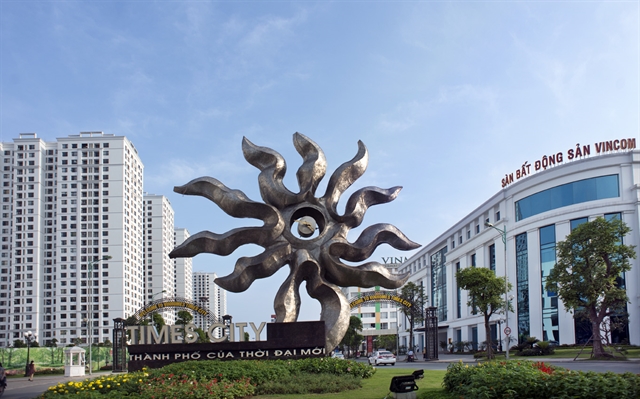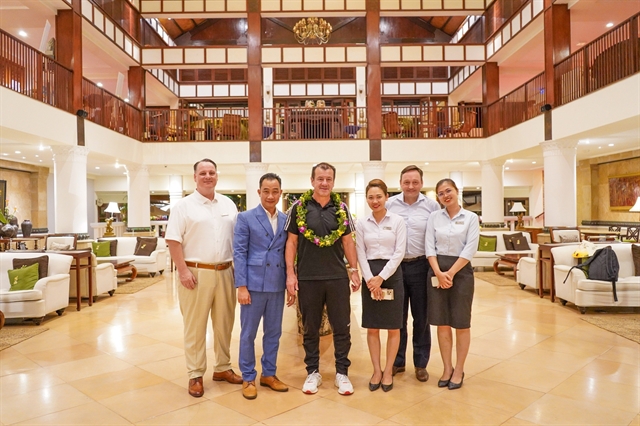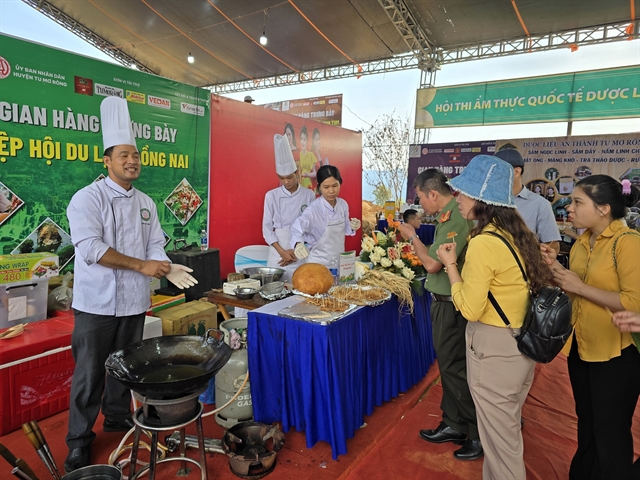 Life & Style
Life & Style
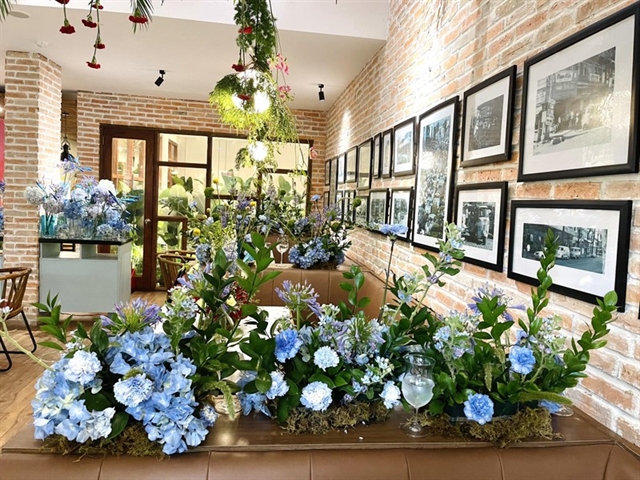
Quảng Bình has got the green light from the Prime Minister for its proposal to install a cable car system in local Phong Nha-Kẻ Bàng National Park, an protected natural area.
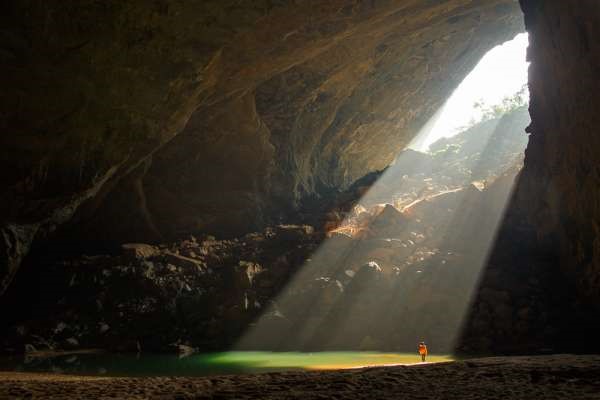 |
| View inside Hang Én Cave. — Photo oxalis.com.vn |
QUẢNG BÌNH — Quảng Bình has got the green light from the Prime Minister for its proposal to install a cable car system in local Phong Nha-Kẻ Bàng National Park, an protected natural area.
Local authorities proposed the 5.2km cable project at a meeting late last week with Prime Minister Nguyễn Xuân Phúc during his visit to the central province. The PM agreed but he told Quảng Bình to ensure that the environment was protected in the national park.
The cable car system will connect the local section of the Hồ Chí Minh Trail to Hang Én, which is said to be the world’s third biggest karst cave. The cave is 2km from the famed Sơn Đoòng Cave, which is known as one of the most popular destinations in the world.
The Ministry of Culture, Sports and Tourism would be involved in the investigation, consultation, and assessment of possible environmental impacts.
Local authorities are responsible for working with related agencies and the UNESCO country office to prepare the details of the project before it is submitted to the PM for final approval.
Quảng Bình expects the cable system to attract more visitors and boost tourism in the locality. However, local residents and conservationists are worried about the negative impacts of construction on the natural habitat of the park.
Three years ago, the province proposed a similar cable car system to transport visitors to Sơn Đoòng, which is said to be the world’s biggest grotto. Strong public opposition caused the investor to withdraw from the project and it was later cancelled.
The 1,233sq.km Phong Nha-Kẻ Bàng National Park is a protected area because of its outstanding natural habitat. It was recognised twice by UNESCO as a natural heritage, once in 2003 for its geography and once in 2015 for its biodiversity. — VNS

